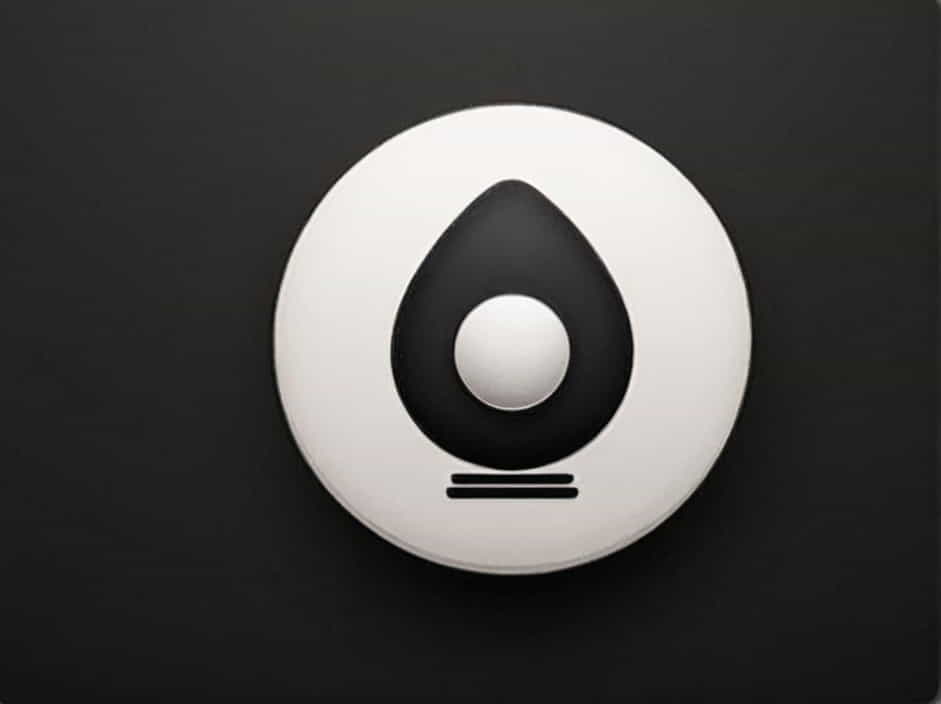The term oviparous refers to animals that reproduce by laying eggs. These eggs hatch outside the mother’s body, allowing the young to develop independently. Many species, including birds, reptiles, amphibians, and fish, exhibit oviparous reproduction.
Understanding oviparous animals is essential in biology because it helps explain how different species reproduce and adapt to their environments. This topic will explore the meaning of oviparous, examples of oviparous animals, and how their reproduction differs from other forms of reproduction.
Definition of Oviparous
The word oviparous comes from the Latin words ovum (meaning egg) and parere (meaning to bring forth). Oviparous animals lay eggs, which contain the developing embryo. The embryo grows inside the egg until it is ready to hatch.
Key Characteristics of Oviparous Animals
- Egg-laying reproduction – The eggs are laid outside the mother’s body.
- External development – The embryo develops inside the egg until it hatches.
- Protective eggshell – Many species produce eggs with hard or soft shells to protect the embryo.
- No direct nourishment from the mother – Unlike mammals, oviparous animals do not provide nutrients to the embryo after laying the eggs.
Examples of Oviparous Animals
1. Birds
All birds are oviparous. They lay eggs with hard shells, which protect the embryo as it develops. Birds also incubate their eggs by sitting on them to provide warmth until they hatch.
Examples of Oviparous Birds:
- Chicken – Lays eggs that hatch in about 21 days.
- Eagle – Builds nests in high places and lays eggs that require weeks of incubation.
- Penguin – Some species, like the Emperor Penguin, keep their eggs warm using their feet.
2. Reptiles
Most reptiles lay eggs, although some species are ovoviviparous (eggs hatch inside the mother’s body). Reptilian eggs have leathery shells that protect the embryo while allowing gas exchange.
Examples of Oviparous Reptiles:
- Turtles – Lay eggs in sandy nests, where they develop before hatching.
- Snakes – Many species, such as cobras, lay eggs and guard them until they hatch.
- Lizards – Most lizards, including geckos, lay soft-shelled eggs.
3. Amphibians
Amphibians, such as frogs and salamanders, lay eggs in water. These eggs lack shells and are surrounded by a jelly-like substance to keep them moist.
Examples of Oviparous Amphibians:
- Frogs – Lay clusters of eggs called spawn in ponds or lakes.
- Salamanders – Deposit eggs in water or moist environments.
- Toads – Lay eggs in strings rather than clusters like frogs.
4. Fish
Most fish are oviparous and lay thousands of eggs in water. Unlike birds and reptiles, fish eggs are often fertilized externally.
Examples of Oviparous Fish:
- Goldfish – Release eggs in water, where they hatch within a few days.
- Salmon – Lay eggs in freshwater rivers before migrating to the ocean.
- Clownfish – Attach their eggs to rocks or coral reefs.
5. Insects
Many insects reproduce through egg-laying. Their eggs hatch into larvae, which then undergo metamorphosis before becoming adults.
Examples of Oviparous Insects:
- Butterflies – Lay eggs on leaves, which hatch into caterpillars.
- Bees – Queen bees lay eggs in honeycombs.
- Grasshoppers – Deposit eggs in soil to protect them from predators.
How Oviparous Animals Differ from Other Reproductive Types
1. Oviparous vs. Viviparous
Viviparous animals give birth to live young instead of laying eggs. The embryo develops inside the mother’s body and receives nutrients directly from her.
Examples of Viviparous Animals:
- Humans and other mammals – Carry embryos in the womb.
- Some sharks – Give birth to live young rather than laying eggs.
2. Oviparous vs. Ovoviviparous
Ovoviviparous animals lay eggs, but the eggs remain inside the mother’s body until they hatch. This gives the appearance of live birth, but technically, the young develop in eggs before emerging.
Examples of Ovoviviparous Animals:
- Some snakes (e.g., rattlesnakes) – Retain eggs inside their bodies until hatching.
- Certain species of sharks – Keep eggs internally but do not provide direct nourishment.
Advantages and Disadvantages of Oviparous Reproduction
Advantages:
✔️ Energy-efficient for the mother – The mother does not have to carry the embryo inside her body for long periods.
✔️ Large number of offspring – Many oviparous animals lay multiple eggs, increasing survival chances.
✔️ Protection from predators – Some species lay eggs in hidden or secure locations.
Disadvantages:
❌ Exposure to predators – Eggs left unattended can be eaten by predators.
❌ Dependence on environmental conditions – Temperature, humidity, and other factors affect egg survival.
❌ No direct maternal care – Many oviparous species do not provide care after laying eggs.
Oviparous animals reproduce by laying eggs, with the embryo developing outside the mother’s body. This type of reproduction is common in birds, reptiles, amphibians, fish, and insects. While oviparous reproduction has advantages like producing many offspring, it also presents challenges such as exposure to predators.
Understanding oviparous animals helps us appreciate the diversity of life on Earth and how different species adapt to their environments.
